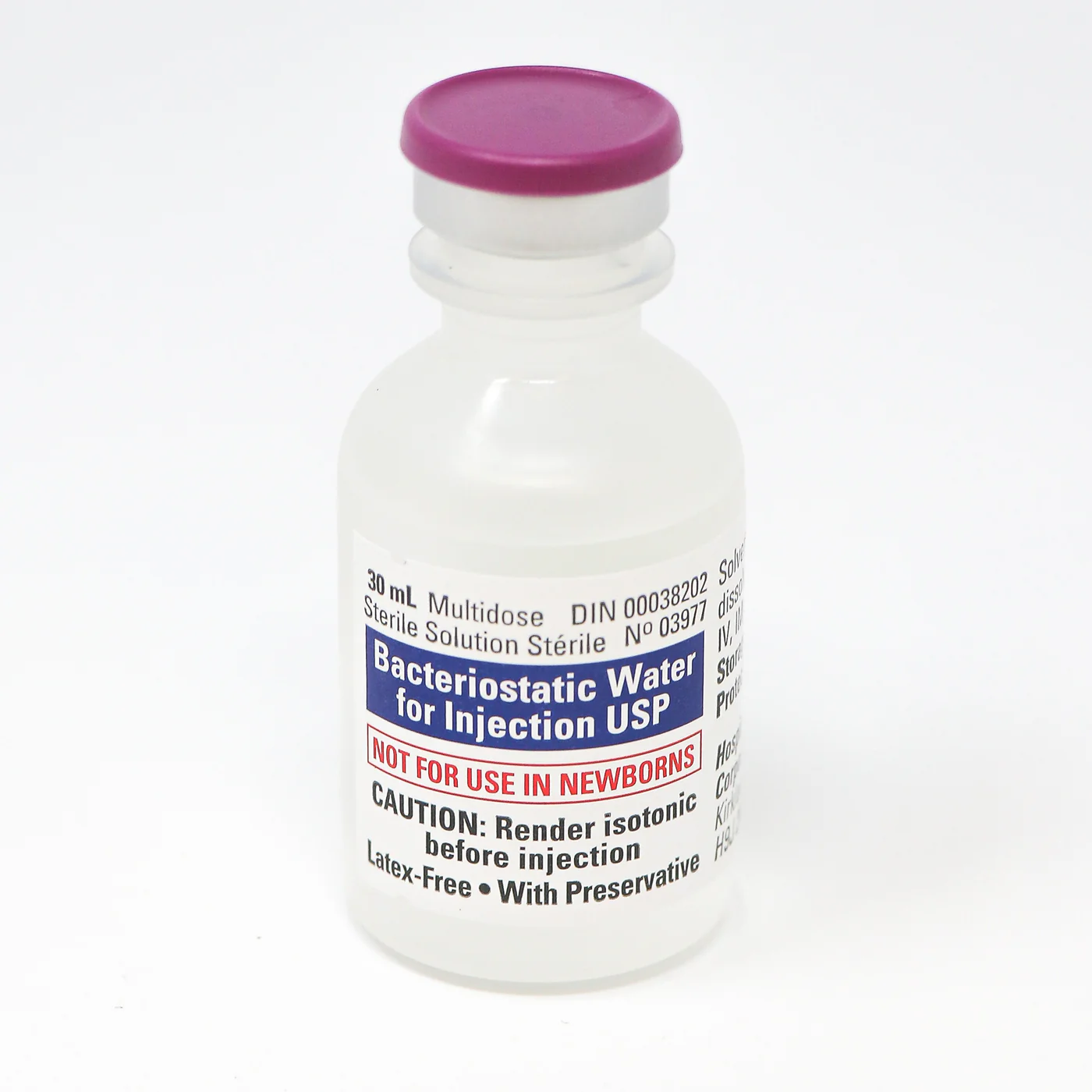
Calculating the correct peptide dosage can be complex. Our free Peptide Calculator simplifies the process, removing the guesswork from reconstitution. Whether you are working with 2mg or 10mg vials, this tool provides precise measurements for your research.
This peptide dosing calculator helps you determine the exact volume (in mL or U-100 units) to draw based on your vial size, diluent volume, and desired target dose. Get instant, accurate results and ensure consistency for every use.


To have a dose of 50 mcg pull the syringe to 1
Our calculator is designed to be simple and intuitive. Follow these steps to get your precise dosage:
Vial Amount (mg): Enter the total amount of peptide (in milligrams) found in your vial.
Diluent Volume (mL): Enter the total amount of bacteriostatic water or other diluent (in milliliters) you are adding to the vial.
Requested Amount (mg or µg): Enter your target dose. You can use micrograms (mcg/µg) for smaller doses or milligrams (mg) for larger ones. (Remember: 1,000µg = 1mg).
Syringe Scale: Select whether you are using a U-100 insulin syringe (measured in units) or a standard syringe (measured in mL).
The calculator will instantly show you the exact volume to draw, the solution's concentration, and the total number of doses available from your vial.
To calculate a peptide dose, you must first know the final concentration of your solution.
Formula: Concentration = Total Peptide (mg) / Total Diluent (mL)
Example: 5mg of peptide in 2mL of water = 2.5 mg/mL.
Once you have the concentration, you can find your dose.
Formula: Draw Volume (mL) = Desired Dose (mg) / Concentration (mg/mL)
Our peptide dosage calculator does all this math for you automatically.
The isoelectric point (pI) is a scientific term for the specific pH value at which a peptide has no net electrical charge. This is an important property in chemistry and biochemistry for purifying and analyzing peptides, but it is not used for calculating reconstitution or dosage.
Calculating the net charge of a peptide is a complex biochemical calculation. It involves identifying all the acidic and basic amino acid side chains (like Asp, Glu, Lys, Arg) and the N- and C-terminals. The net charge depends on the pH of the solution and whether each group is protonated (positively charged) or deprotonated (negatively charged). This calculation is typically done in a lab setting and is not related to dosage calculations.